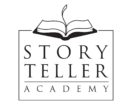Student Success Stories: Mirka Hokkanen
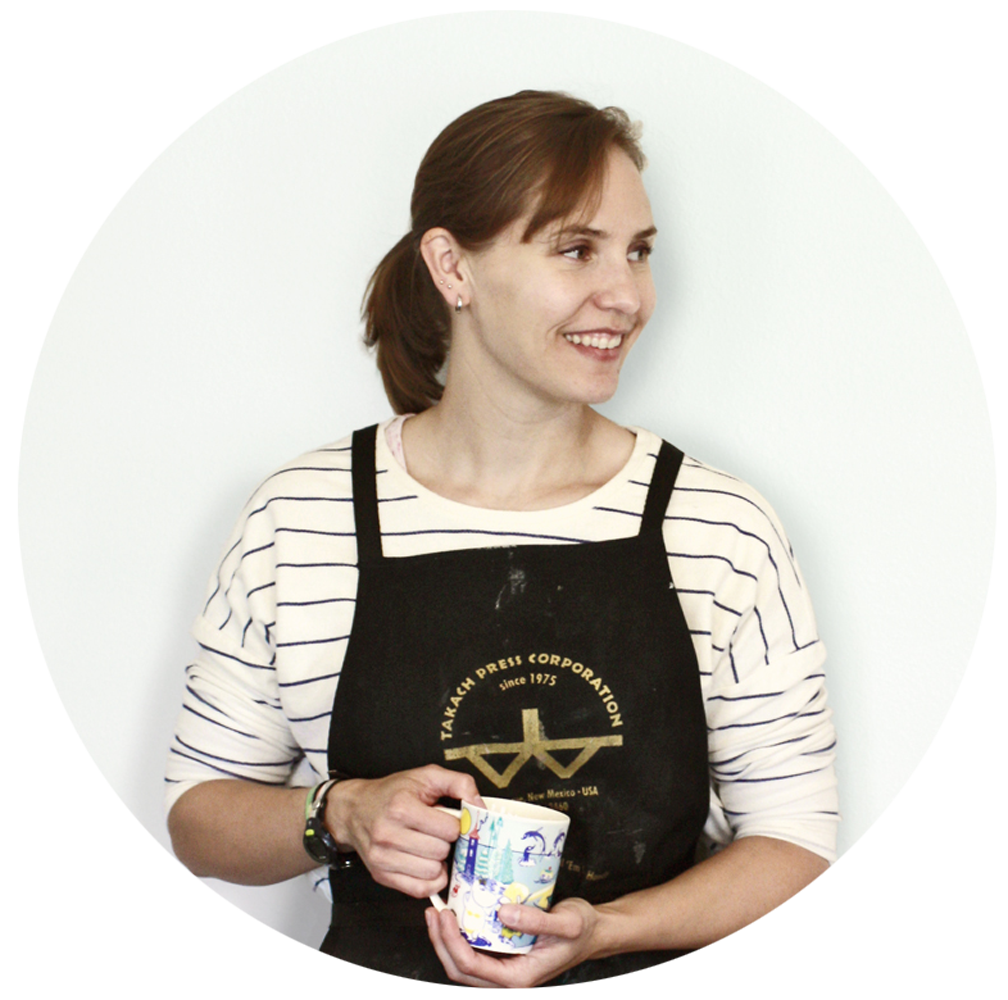
Mirka Hokkanen has so many tips for illustrators sprinkled throughout this interview that I'm excited to share. I met Mirka through Storyteller Academy. We were both in the second class that Arree taught, which happened near the beginning of 2017, and then we roomed together at the SCBWI conference in Los Angeles that summer. She's in the header photo for this blog.
I'm giving away a copy of her debut picture book, Four Otter Toboggan, at the end of this post. Julie Hedlund (of 12×12) actually posted a Facebook Live video yesterday that uses this book as an example of a lyrical picture book with multiple hooks.
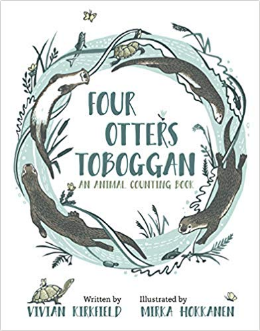
Myrna: What is your background?
Mirka: I’m a fine art printmaker, illustrator and author.
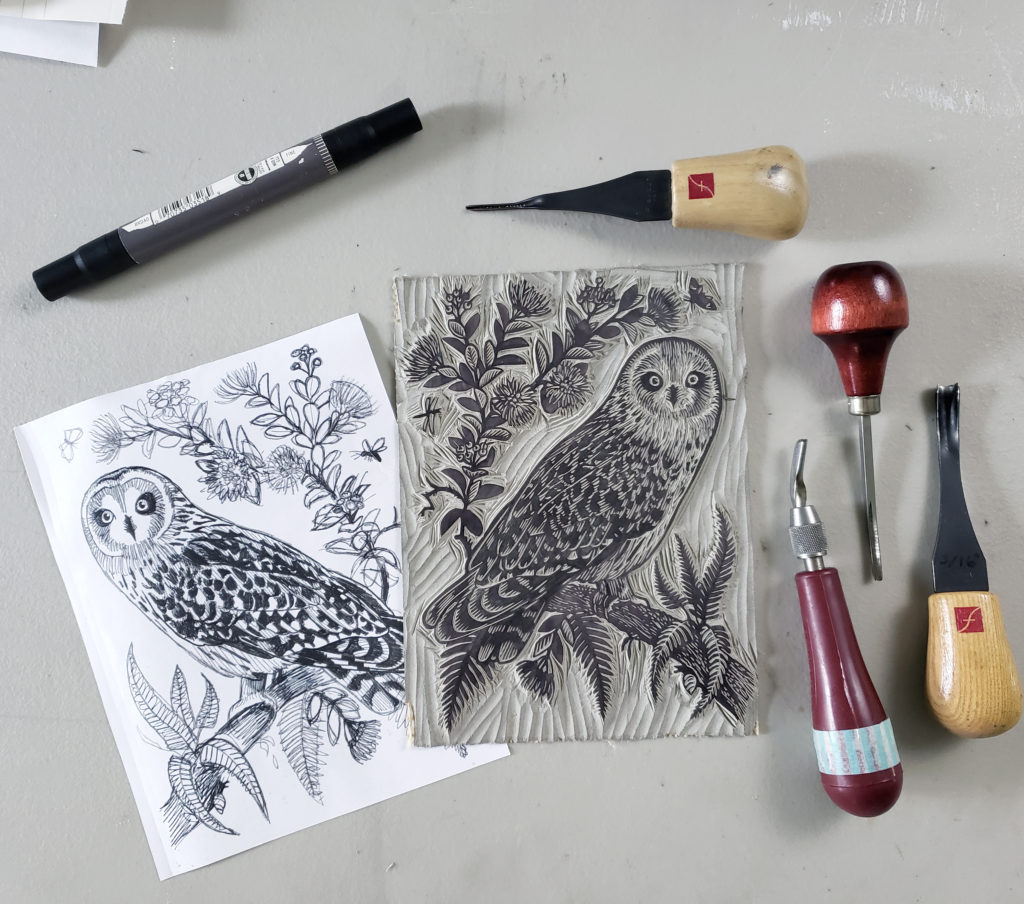
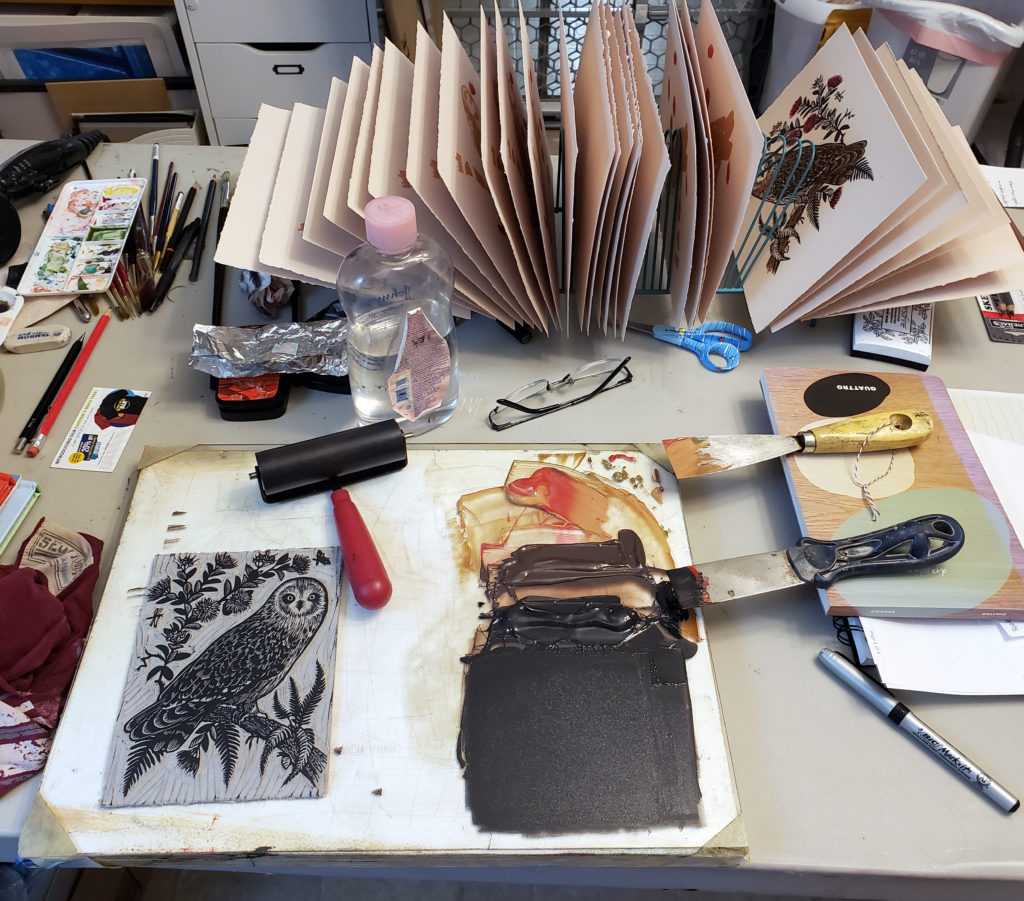
Myrna: What made you want to start illustrating picture books?
Mirka: I have always been interested in it, but afraid to jump in. In 2015, I got tired of starting my art business over every three years because of my husband’s job in the military. The advantage of illustration was that it wasn’t tied to physical relationships in a given city. Everything works through email and online relationships. Now I wish I would have started ten years earlier.
Myrna: Your picture book with Vivian Kirkfield, Four Otters Toboggan: An Animal Counting Book, released on April 1, 2019. Could you tell us about how your printmaking background influenced your beautiful illustration style?
Mirka: My printmaking style was specifically pitched together with Vivian’s manuscript. Because the text is more lyrical the more artistic style was appropriate. I used the same tools and techniques that I use for my fine art style. Since I love to draw animals and nature, it was an easy leap to do the book. The illustrations of landscapes are more detailed that I normally do, so they were more labor intensive, but the result was very satisfying.
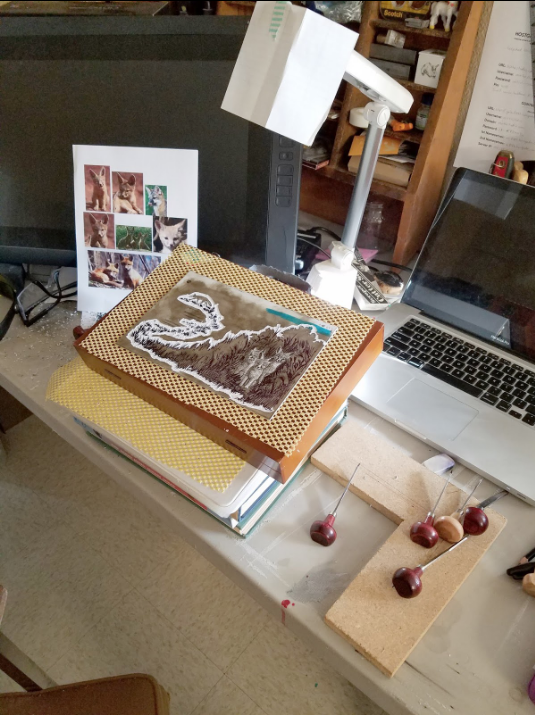
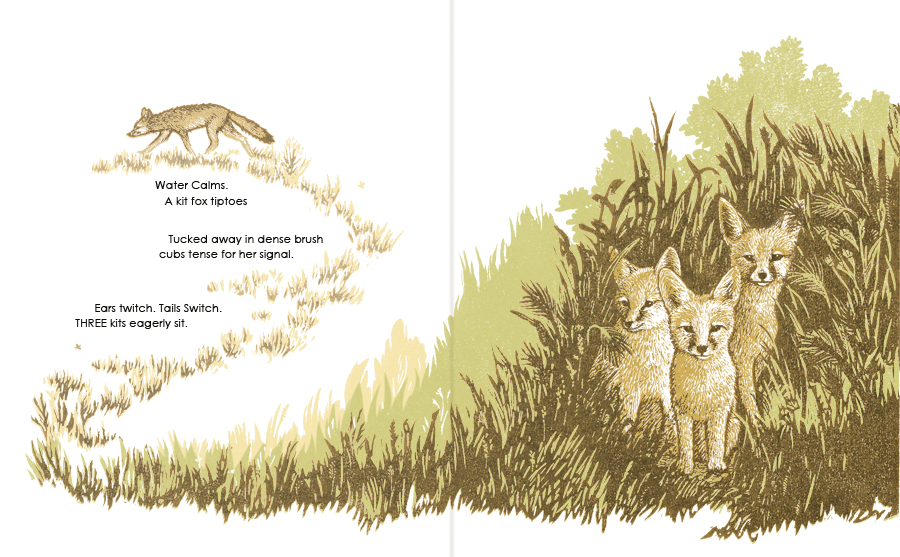
I have a series of blog posts that show the illustration process for the book, if any of your readers are interested.
Myrna: These are amazing! With your background in art, why did you take Arree's class in 2017?
Mirka: I took it at a time when I was just starting out myself, and wanted to learn how to write on top of illustrating. Arree’s class was appealing to me because he too was an author-illustrator.
Myrna: How has taking Storyteller Academy classes changed the way you approach picture books?
Mirka: It really helped me get on my way with writing. The most lasting effect of the class has been being part of a critique group. I don’t know anyone who can sit down and write a perfect manuscript off the seat of their pants. Having a critique group to bring your work to helps identify weak parts and really makes the revision process much more efficient. They are also your peers who cheer you on and lift you up after rejections. Even if I don’t have a lot of time to view the class material anymore, my critique group keeps me going.
Myrna: You have a literary agent, don’t you? Would you mind sharing what you did to get her attention?
Mirka: Yes, I am represented by Essie White at the Storm Literary Agency. It was actually she who found me. I had been posting work on social media (Twitter and Instagram are my most active accounts), and was actively looking for an agent by querying. She found my work on Twitter and approached me for representation. I researched her, and we had a long phone conversation, where both of us got to know each other. Out of the agents that I had contact with, Essie was the best fit for me personally, so I was happy to sign with her within a few days after that phone call.
Myrna: You mentioned that you’re illustrating your current project with watercolors. Could you talk about your process for illustrating a picture book with watercolors?
Mirka: I start with digital sketches on the iPad, as it’s easy to carry around with me and work wherever. After a round of rough drafts for the whole book, I go back and redraw them more carefully in a new layer. Then I import those clean drawings to my laptop, turn opacity way down to about 15% and print them onto watercolor paper. For this book, I am doing pencil outlines that are then colored in.
I sometimes roughly plan colors digitally for more complex scenes, but most of the time, I use a limited natural palette, which helps keep the scenes more cohesive. The great thing about printing light background sketches to my watercolor paper is, if I mess up the illustration somewhere along the way, I can always print a new one, and save the time of transferring a drawing to the piece of paper.
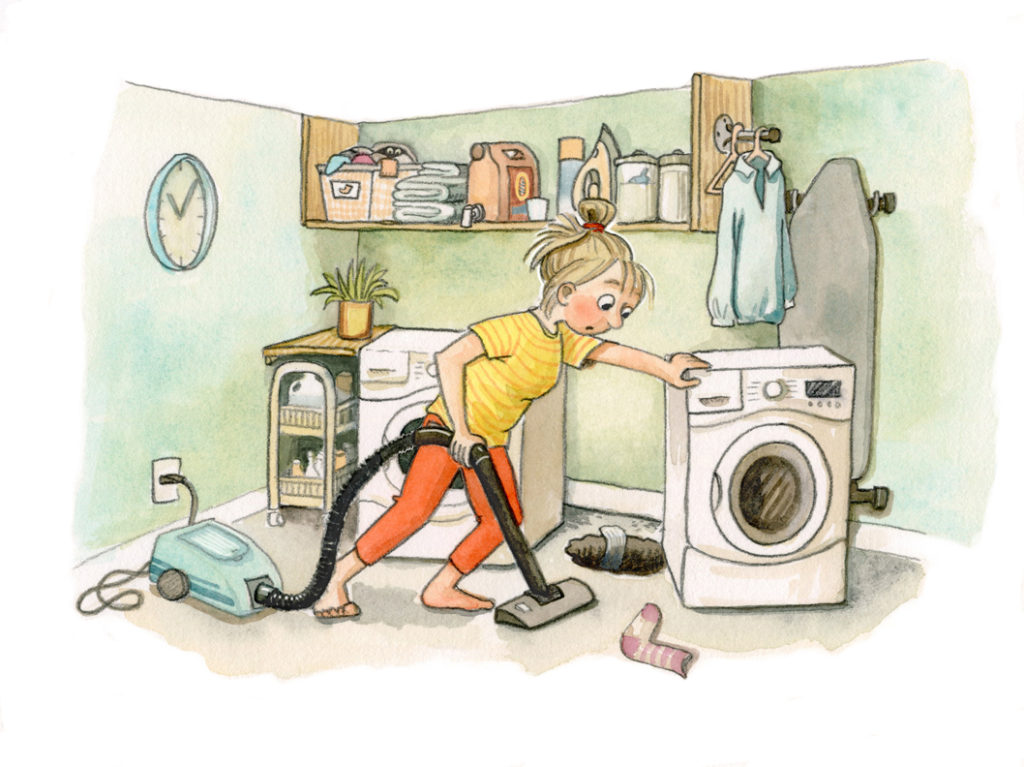
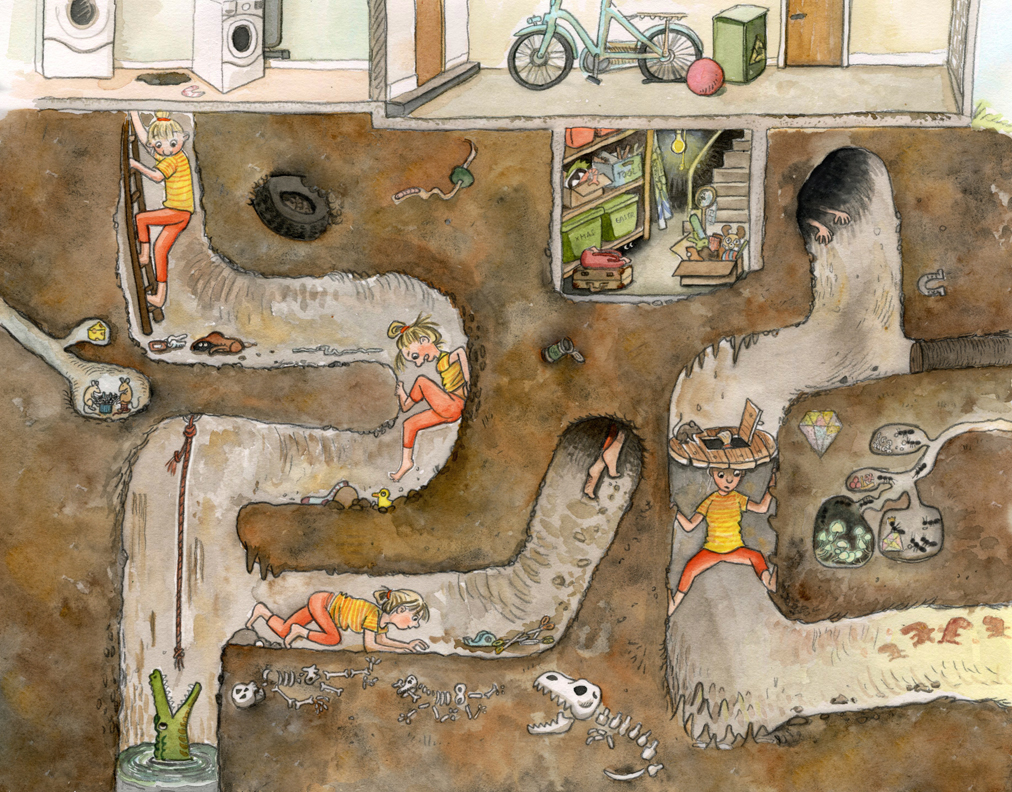
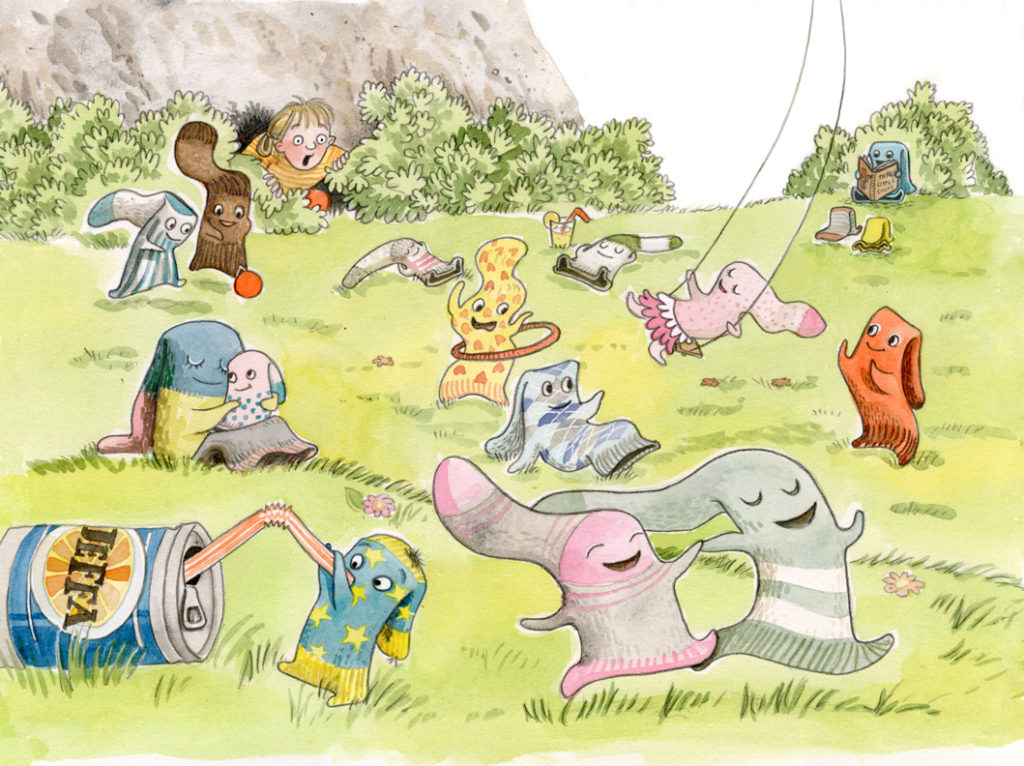
Myrna: Your socks are adorable. Do you have any tips for artists with small children?
Mirka: My secret to working while having children (ages 1.5, 6 and 8 years) is prioritizing what’s important. During the day, when kids are at school/daycare, I try to work, instead of doing a lot of housekeeping. The kids make such a mess that whatever I pick up will probably be on the floor by tomorrow anyway. So our house is often messy. We only do laundry on the weekend, and I try to shop groceries once a week, or when I have the toddler at home. A lot of the cleaning I do is also while kids are around. My youngest, 1.5 years, goes to a part time family daycare three days a week, so I get a few extra hours to work then. And then I work most nights. I start when the toddler goes to sleep, then go read a book for a bit when the older ones go down, and then get about 2-4 hours of work time at the end of the night. I often might feel tired after a day of mom-life, but illustrating motivates, centers, and energizes me, so once I get going, it’s hard to stop. When you add all the hours of naptimes, daycare, and nights, it ends up being a good chunk of time a week. I’d say an average of 30-35 hours.
I also have notebooks/scraps of paper, where I jot down ideas and keep a lot of to-do lists. I write down things while I’m with the kids, so I won’t forget. When I sit down to work, I can knock out all the important stuff efficiently, without being sucked into social media.
Myrna: That's such a smart system. You actually introduced me to Procreate in 2017 when we were rooming together at a SCBWI conference in Los Angeles. How do you collect your images into a PDF dummy and export them from Procreate?
Mirka: It is so easy, I feel silly I wasn’t doing that earlier. Up until a few months ago, I was importing all sketches to my laptop, then importing them to InDesign, adding my text and then exporting a PDF from that. Now with the ability of adding text in Procreate, I can do all that more efficiently, right on my iPad.
I start off with all my images in order in a separate “stack” (Procreates version of a folder). Your images have to be the size of your dummy book already. For this I make one canvas, the height of your book, and twice the width (=2 page spread) and then duplicate it as many times as you need spreads. Then name each one: spread 1, spread 2 etc. When you’ve drawn all your images, added text, and are ready to export as a PDF; tap “select” on the top right. Then select all the images you want to use in the dummy by clicking on the small circle next to the titles. Then go back to the top, and click on export, and select the file to be exported as a PDF. Procreate will then make a PDF file of all the images that you had selected, and save/send it to where you want.
I made a short video about it here:
Myrna: What’s next for you?
Mirka: I am finishing up the illustrations for my current project, coming out with Clear Fork in 2020, and working on making new linocuts and other goodies ready for holiday sales. I have a couple dummies under work, and one on submission, and hope that next year will be the year when I get to start work on my very own book. I am also in the process of making some other short Procreate tutorials, to help out anyone who might feel lost with all it has to offer.
Myrna: Where can we find you on the Internet?
Mirka: I’m most active on Instagram and Twitter. My YouTube channel is www.youtube.com/mirkahokkanen.
My website is www.mirkah.com. Social media is bad at showing you the stuff you want to see, so the best way to get updates and sneak peaks at new work is to sign up for my mailing list: http://eepurl.com/bWNbrD
Myrna: Where can we buy your book?
Mirka: Amazon is the easiest place to get it: https://www.amazon.com/Four-Otters-Toboggan-Animal-Counting/dp/0764984357
For signed copies, and original wood engravings of the illustrations, visit my shop at www.picadoodlepress.com.
Myrna: Thank you for sharing so much with us!
Book Giveaway Details
I’m giving away a copy of Mirka's Four Otter Toboggan, which she has graciously agreed to sign and ship to the winner. To enter, let me know in the comments what part of this post you found the most helpful by midnight on November 1. You don’t have to buy anything or be a student.
Please share this post on social media for extra entries, and paste the link to wherever you shared as a reply to your original comment.
Thank you for reading!
Blog Contributors
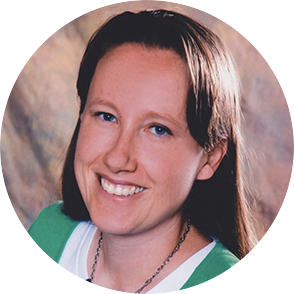
Myrna Foster writes and edits content for Storyteller Academy and the WriteRiders Newsletter for SCBWI Nevada. She has spent a lot of time teaching and coaching children, including five years as a preschool teacher. She's also worked as a journalist, and Highlights High Five has published six of her poems.
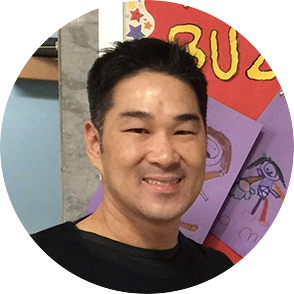
Arree Chung is an author/illustrator and the founder of Storyteller Academy. Arree’s Ninja! series has received starred reviews from Kirkus and School Library Journal. Kirkus also gave a starred review to Mixed, which recently won the FCGB award.
Today Arree lives a creative life, making stories for children. Arree spends most of his time making picture books, writing middle grade novels, and sharing his love for art, design, and storytelling with kids and dreamers everywhere.
